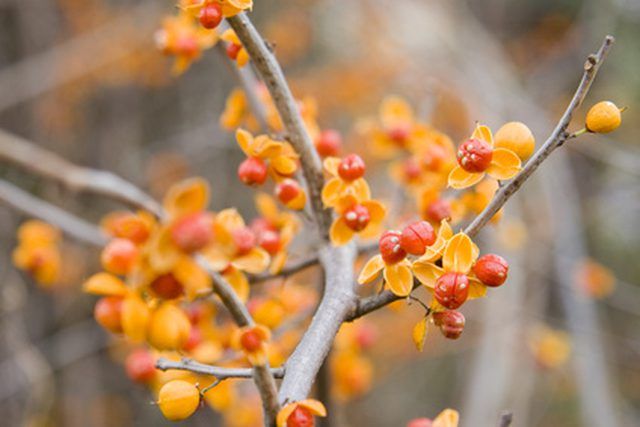Bulbs
Flower Basics
Flower Beds & Specialty Gardens
Flower Garden
Garden Furniture
Garden Gnomes
Garden Seeds
Garden Sheds
Garden Statues
Garden Tools & Supplies
Gardening Basics
Green & Organic
Groundcovers & Vines
Growing Annuals
Growing Basil
Growing Beans
Growing Berries
Growing Blueberries
Growing Cactus
Growing Corn
Growing Cotton
Growing Edibles
Growing Flowers
Growing Garlic
Growing Grapes
Growing Grass
Growing Herbs
Growing Jasmine
Growing Mint
Growing Mushrooms
Orchids
Growing Peanuts
Growing Perennials
Growing Plants
Growing Rosemary
Growing Roses
Growing Strawberries
Growing Sunflowers
Growing Thyme
Growing Tomatoes
Growing Tulips
Growing Vegetables
Herb Basics
Herb Garden
Indoor Growing
Landscaping Basics
Landscaping Patios
Landscaping Plants
Landscaping Shrubs
Landscaping Trees
Landscaping Walks & Pathways
Lawn Basics
Lawn Maintenance
Lawn Mowers
Lawn Ornaments
Lawn Planting
Lawn Tools
Outdoor Growing
Overall Landscape Planning
Pests, Weeds & Problems
Plant Basics
Rock Garden
Rose Garden
Shrubs
Soil
Specialty Gardens
Trees
Vegetable Garden
Yard Maintenance
How to Prune a Bittersweet Vine
How to Prune a Bittersweet Vine. Both American (Celastrus scandens) and oriental bittersweet (C. orbiculatus) are vigorous, deciduous vines, but oriental bittersweet is listed as an invasive species in 21 states. American bittersweet, a native species, looks similar to oriental bittersweet but is actually becoming less and less common in its native...

Both American (Celastrus scandens) and oriental bittersweet (C. orbiculatus) are vigorous, deciduous vines, but oriental bittersweet is listed as an invasive species in 21 states. American bittersweet, a native species, looks similar to oriental bittersweet but is actually becoming less and less common in its native habitat. Many people grow bittersweet or collect it in the wild to make its berry-laden branches into wreathes and incorporate its branches into dried flower arrangements. Both species are capable of overtaking and toppling trees, so prune the vines annually and extensively.
Things You'll Need
Hand-held pruning shears
Pruning saw
Prune bittersweet regularly every fall when the berries are out and use the branches to make wreaths or incorporate them into dried flower arrangements for festive decorations.
Prune away diseased or dead branches. Prune out mature growth that is not producing as many flowers and/or berries. Prune these branches back to healthy wood.
Prune overgrown or elongated stems as close to the trunk and permanent branches as possible.
Leave enough blooming branches to cover the trellis, fence, arbor or other support structure and remove the rest. This is an especially good pruning method for bittersweet, which can grow very quickly in good soil and completely dominate a garden.
Tips & Warnings
There is no perfect time to prune bittersweet. It is convenient to prune in the fall when you are collecting branches for berries.
Grow bittersweet in poor soil to discourage rapid growth.
Learn to differentiate between American and oriental bittersweet before incorporating it into your garden. See Resource 1 for more information on identifying these very similar looking vines.
If you live in any of the 21 states where oriental bittersweet is listed as an invasive, do not plant it or encourage its growth; destroy this vine if it appears in your garden. If you collect branches from the woods to use in wreaths, etc., burn them when you no longer have use for them. Seeds from wreaths and arrangements thrown in the compost pile or discarded along a roadside will reproduce and kill all surrounding vegetation.